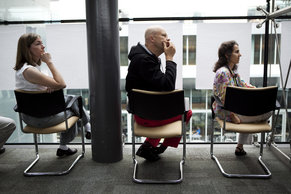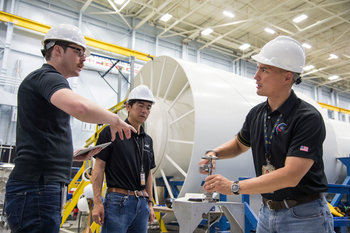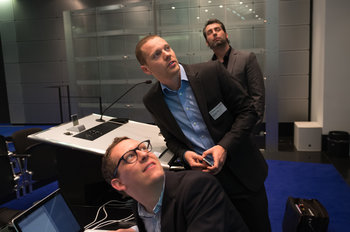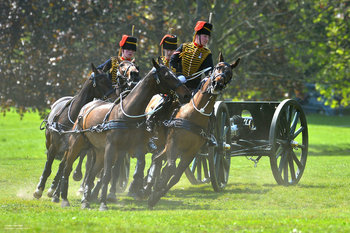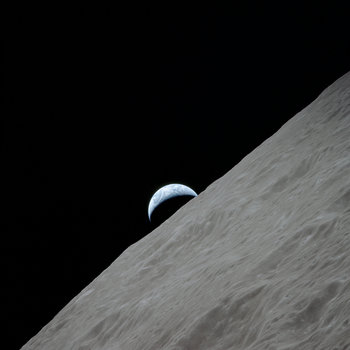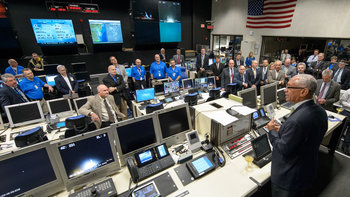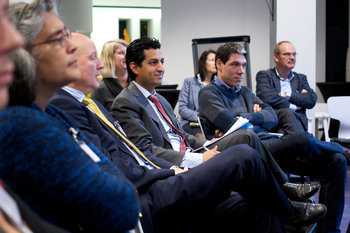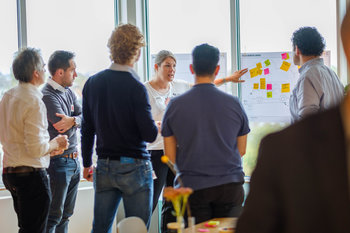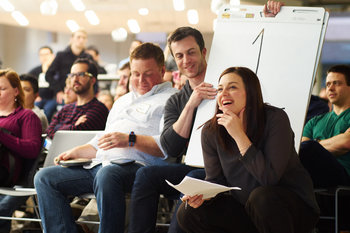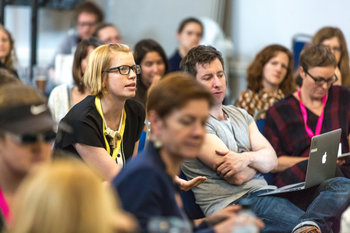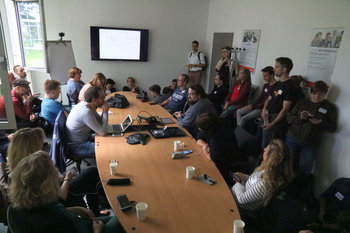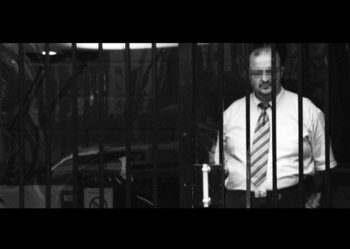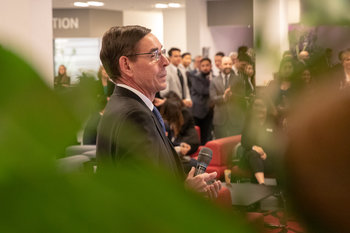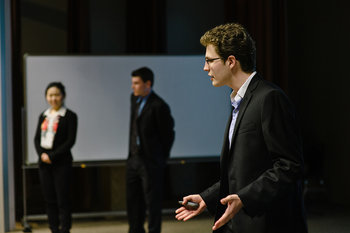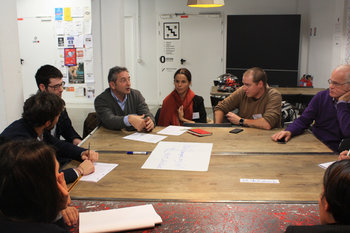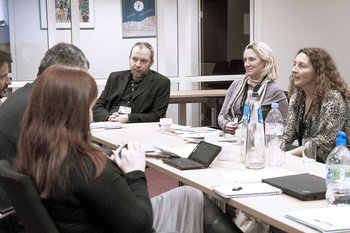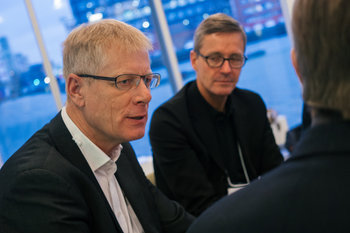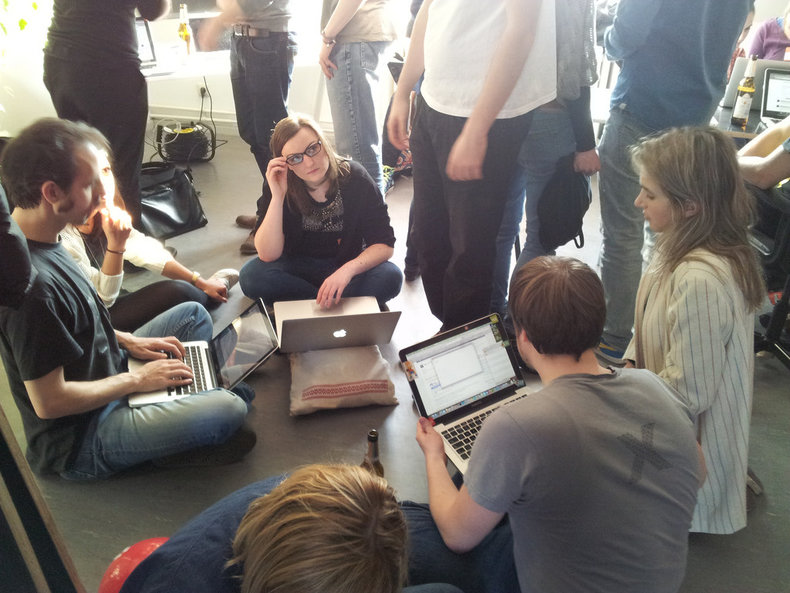
Planned Change
Change that is planned up front and implemented as a program or project such as an information technology or construction project.Emergent Change
Change that evolves based on the actions of many individuals without a central plan. For example, organizational culture is usually a type of emergent change that is based on the experiences of employees over time.Optimization
Measuring things, improving and measuring again in a repeated cycle. For example, improvements to a production line driven that are evaluated with metrics such as throughput.Research & Development
Developing novel products, services, capabilities and processes. For example, a fast moving consumer goods company that develops convenient new packages for cheese.Minimum Viable Product
The process of shipping a product before it is fully refined to use real world data to improve it. For example, an internet search engine that launches before it has the entire internet indexed to begin to understand how the system performs against user queries.Transitional
A big plan to move from one state to another. For example, a software company creates a detailed plan to transition from a technology product company to a business services company that generates monthly recurring revenue.Transformational
A big change that is approached as a journey without making too many assumptions about the future. For example, a city with a goal to have the highest quality of life in the United States that embarks on an ambitious transformation driven by its community.Continuous Change vs Innovation
Continuous change implies a relatively conservative approach to change that is incremental. Innovation implies brave experimentation designed to challenge the status quo. This can result in a sudden leap forward as opposed to gradual improvement.| Overview: Continuous Change | ||
Type | ||
Definition | An ongoing effort to improve. | |
Related Concepts | ||

